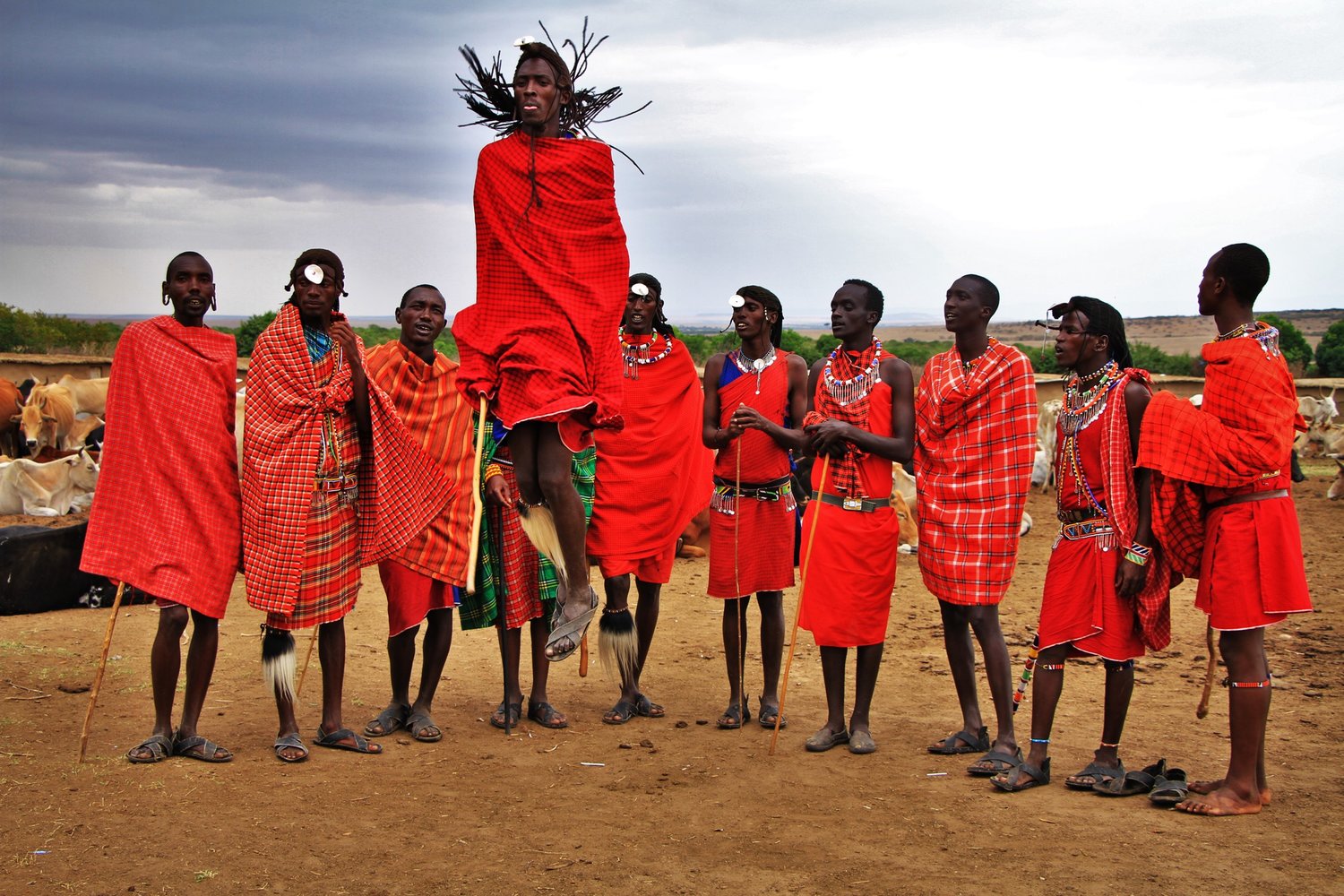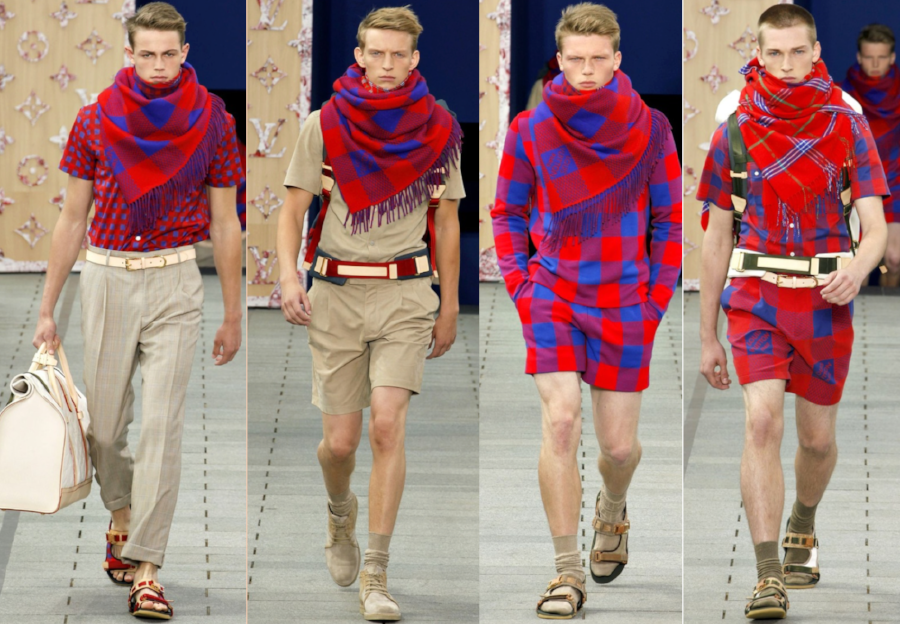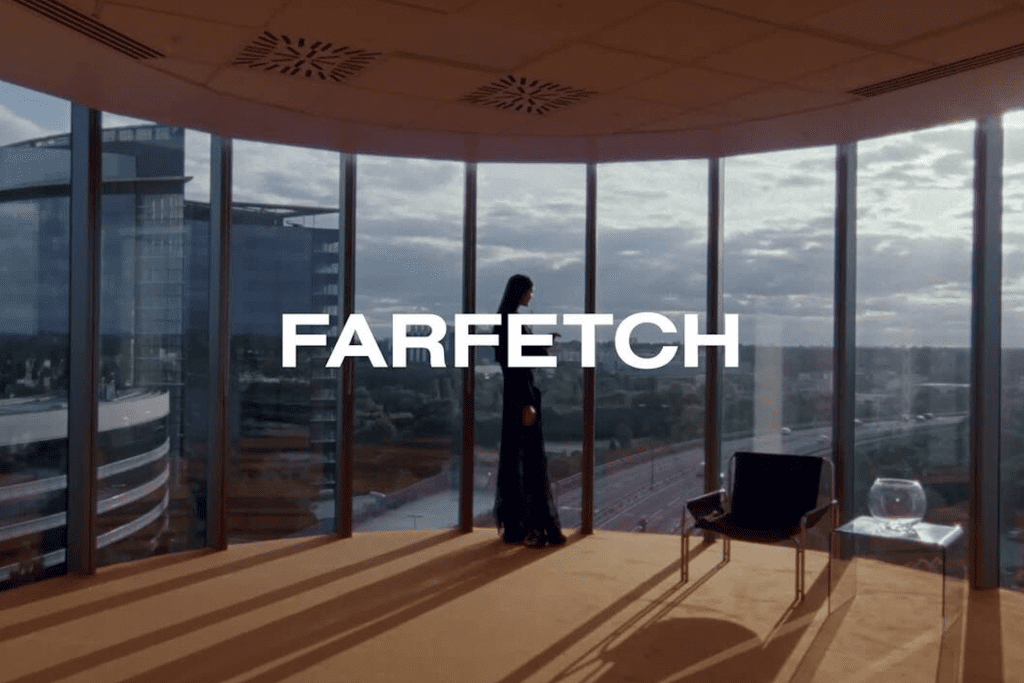Kim Jones’ debut menswear collection for Louis Vuitton in June 2011 was one of the most anticipated — and celebrated — of the season. The young, travel-inspired designer, who was tasked with cultivating Louis Vuitton’s first-ever menswear division and who would ultimately spend 7 years at the helm, was almost immediately deemed a perfect fit for the Paris-based brand, one that is founded upon the spirit of travel and the luxuries that come along with it.
Writing for Vogue Runway (when it was still called Style.com) Tim Blanks called Jones’ debut collection a “coup.” In a review for the New York Times, Suzy Menkes, called it a “vote for creative clout,” and noted that “it is rare to see a designer step so perfectly into new shoes.” But, while praise for Jones’ debut outing abounded, not everyone was captivated by the “Africa-inspired” collection. The Maasai, the nearly 2 million individuals who inhabit a swath of arid land along the Great Rift Valley in Tanzania and Kenya, were among those perplexed by the seasonal offerings.
In drawing on his childhood spent in Kenya, British-born Jones made use of some of the most source-identifying elements of the Maasai culture, their red-checkered prints, and he was far from alone in doing so. Garments “inspired by” the vibrant shuka cloths of the Maasai have made appearances on the runway for several years.
Just ahead of Jones’ Louis Vuitton debut, the red-checked prints for which the Tanzania and southern Kenya-based people are known, appeared in the Fall/Winter 2011 womenswear collection of New York-based Thakoon. The group’s signature patterns and fine beadwork have found their way onto products bearing Ralph Lauren, Diane Von Furstenberg and Calvin Klein tags. Their name has appeared on everything from cheap earrings on Etsy to pricey Land Rover SUVs.
The problem with such widespread adoption of the Maasai’s signatures? The Maasai, themselves, never authorized any of these uses, most of which have gone unattributed, and rightfully, the group has tired of companies – an estimated 1,000-plus of them, including a handful of multi-national giants, in recent years – “profiting at their expense.”
Increasingly aware of others’ widespread unauthorized uses of their name and traditional prints, the Maasai decided to take action. In 2009, a group of Maasai elders and leaders organized a two-day presentation on intellectual property and have since embarked on a fight to enforce their rights.
 image: Unsplash
image: Unsplash
While assigning rights to cultural creations can prove challenging, the Maasai appear to have a few things in their favor. Speaking at the African Ministerial Conference on Intellectual Property for an Emerging Africa, Dakar, and Senegal in 2015, Marisella Ouma, the Former Executive Director of the Kenya Copyright Board, specifically addressed the protectability of the Maasai’s shuka shawls. The Maasai’s “cultural heritage,” including its well-known prints, “do not belong to the public domain and should be recognized as part of intellectual property.”
In addition to potential protection for the Maasai’s shuka prints by way of copyright law (which provides rights in original works of art, including prints and patterns), both the shuka pattern and the Maasai name might be well-suited for trademark protection, as both appear to act as indicators of source (i.e., goods bearing these marks serve to identify the Maasai people as a whole).
However, any trademark rights must be considered against a number of issues, including whether the Maasai can show that they use these marks in commerce. The Lanham Act, the U.S. federal law that governs trademark law, requires that a mark be used in commerce — in other words, affixed to goods that are sold or transported in commerce — before it may be registered. This could prove difficult for the Maasai since it is unclear whether they actually sell products bearing their name or print. Moreover, even if they do, their presence seems to be limited to Tanzania and Kenya, which could prove problematic given that trademark rights are gained by actually using the mark(s) in specific jurisdictions. (There are also points to be made regarding ornamentality and the requisite level of distinctiveness in connection with the pattern, and thus, the applicability of any Lanham Act potential protections).
Ron Layton — the founder of Light Years Intellectual Property, a Washington, DC-based nonprofit organization that pioneers public interest intellectual property issues, and has been working in partnership with the Maasai for almost ten years — believes that the Maasai have strong rights in their name and prints. Having spent his career advising developing world organizations on copyrights, patents, and trademarks, Layton says that the Maasai are “almost certainly [one of] the biggest cultural brands in the world,” a titles that comes with protectable branding that he estimates could bring in more than $10 million per year in licensing fees.
Layton told the Financial Times early this year, “If someone were using Taylor Swift’s name or image [to sell products], she would ask for at least 5 percent [of the retail sales] and she would get it.” The same should be true for brands that want to use the Maasai’s valuable intellectual property, including its name. However, unlike Taylor Swift’s name or Burberry’s checkered pattern (which beauty giant Coty paid $225 million last year for the right to use on beauty products), the Maasai’s name and print have long been treated as free-to-use. That stops now.
Isaac Ole Tialolo, the chairman of the Initiative, says that “respect is [their] most important goal,” and they are steadfastly working to get multinational corporations to recognize their proprietary prints and trademark rights. This includes paying to license the marks in much the same way as companies are willing — and expected — to pay to use others’ intellectual property rights.
With the help of Layton, the Maasai struck their first deal last year. Koy Clothing, a United Kingdom-based retail company, agreed to pay a license to the Maasai for garments that make use of Maasai-inspired patterns. The Maasai are determined to ensure that this is the first deal of many.














